Cardiopulmonary resuscitation, more commonly known as CPR, is a medical technique that is performed on individuals who are in cardiac arrest. It combines chest compressions with rescue breaths to try and get the heart to start pumping blood around the body once again.
Table of Contents
Cardiac Arrest vs Heart Attack
Despite common belief, a cardiac arrest and a heart attack are two different things.
A heart attack occurs when the blood supply to the heart muscle (myocardium) is compromised due to a blockage in one of the main arteries that supply the heart. This causes the heart to be starved of oxygen and nutrients, and results in a heart attack.
Cardiac arrest occurs when the heart stops beating. If somebody is in cardiac arrest, they need immediate medical attention. Often, cardiac arrest occurs because there is a problem with the electrical signaling inside the heart, causing it to stop beating.
If your heart stops pumping blood around the body, the brain, organs, and tissues are starved of oxygen and nutrients. This can cause serious complications and potentially death.
When to Use CPR
CPR is one of the most effective ways to overcome cardiac arrest and return the heart to its normal, regular beat. Without CPR, cardiac arrest can cause death within just a few minutes.
Note that CPR should not be performed on somebody who is having a heart attack. It should only be performed on somebody who is unconscious and not breathing (or not breathing properly).
If a person’s heart is beating but they do not appear to be breathing, this is something known as respiratory arrest.
You should still take action by calling emergency services and starting CPR until professional medical help arrives. Respiratory arrest can lead to cardiac arrest if left untreated.
How to Perform CPR
Here are the key steps that you should follow to successfully perform CPR if somebody is in cardiac arrest.
1. Check the Surroundings
If you notice that somebody has collapsed on the floor and appears not to be breathing, the first thing you should do is check the surroundings. Make sure there is nothing that could cause you harm before you approach the individual.
2. Call Emergency Services
Even if you are confident in performing CPR yourself, the next step should always be to call emergency services for medical assistance. If the individual has an emergency response device or a medical alarm on their person, activate this immediately.
When you call emergency services, explain the situation as clearly as possible and make sure the medical personnel knows that the individual is in cardiac arrest. This will enable them to bring the right equipment to the scene, such as a cardiac defibrillator.
While you are on the phone call, begin performing CPR. You may want to stay on the phone with the medical team for expert advice if you are not sure what you are doing.
Even if you don’t feel very confident in your abilities to perform CPR, you must give it a go. The longer the person is in cardiac arrest, the less chance they have of surviving.
3. Begin CPR
To start CPR, kneel by the side of the individual and place the heel of one hand in the middle of the chest. Place the other hand on top of your first hand and interlock your fingers.
Keeping your arms straight, lean over the individual so that you can place a large amount of force through your arms and hands. Forcefully press down on the person’s chest by around 5 to 6 cm, before releasing the pressure.
Repeat this movement until the individual starts to show signs of life or until you get too tired to continue. If you have a helper with you, get them to take over while you recover your breath.
If the individual starts to respond to the CPR, such as if they begin to cough or breathe normally, stop CPR and place them in the recovery position.
Once the emergency medical team has arrived at the scene, they can take over the CPR. They may use a specialized piece of medical machinery called a defibrillator to shock the person’s heart back into a normal rhythm.
The emergency medical professionals might ask you to help in some way. Don’t feel pressured to do something you aren’t familiar or comfortable with as you could do more harm than good.














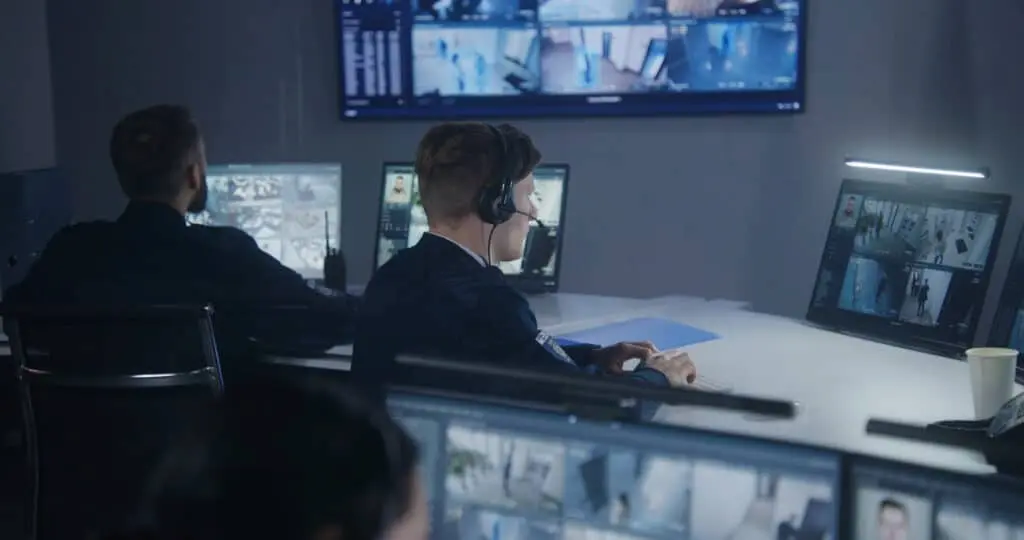
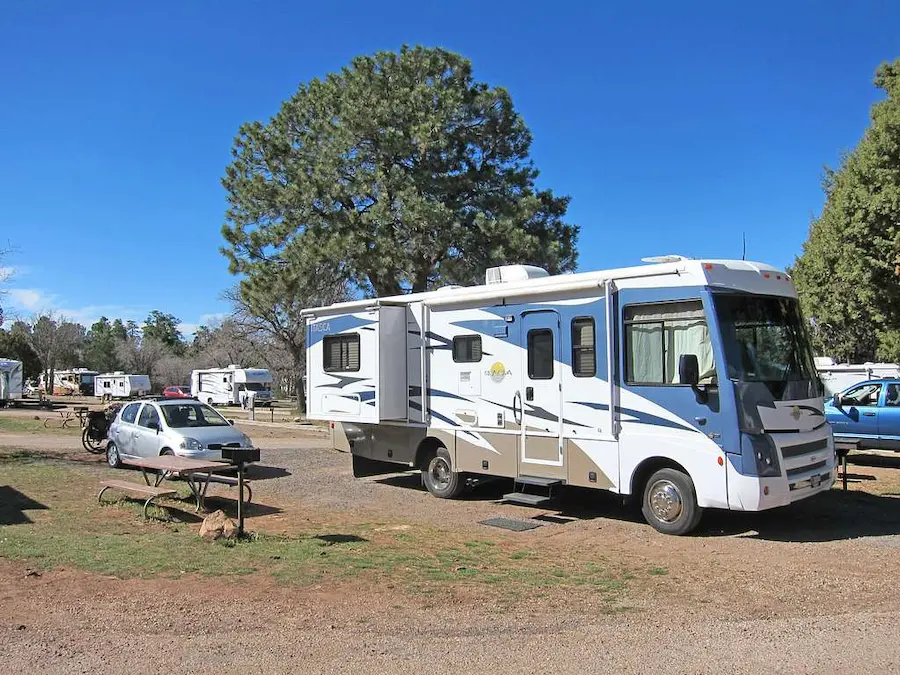



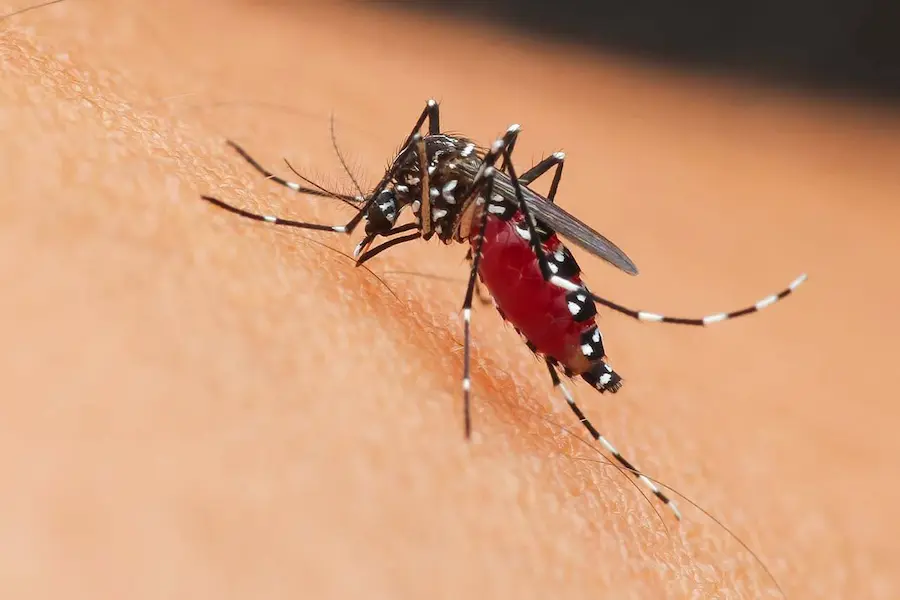






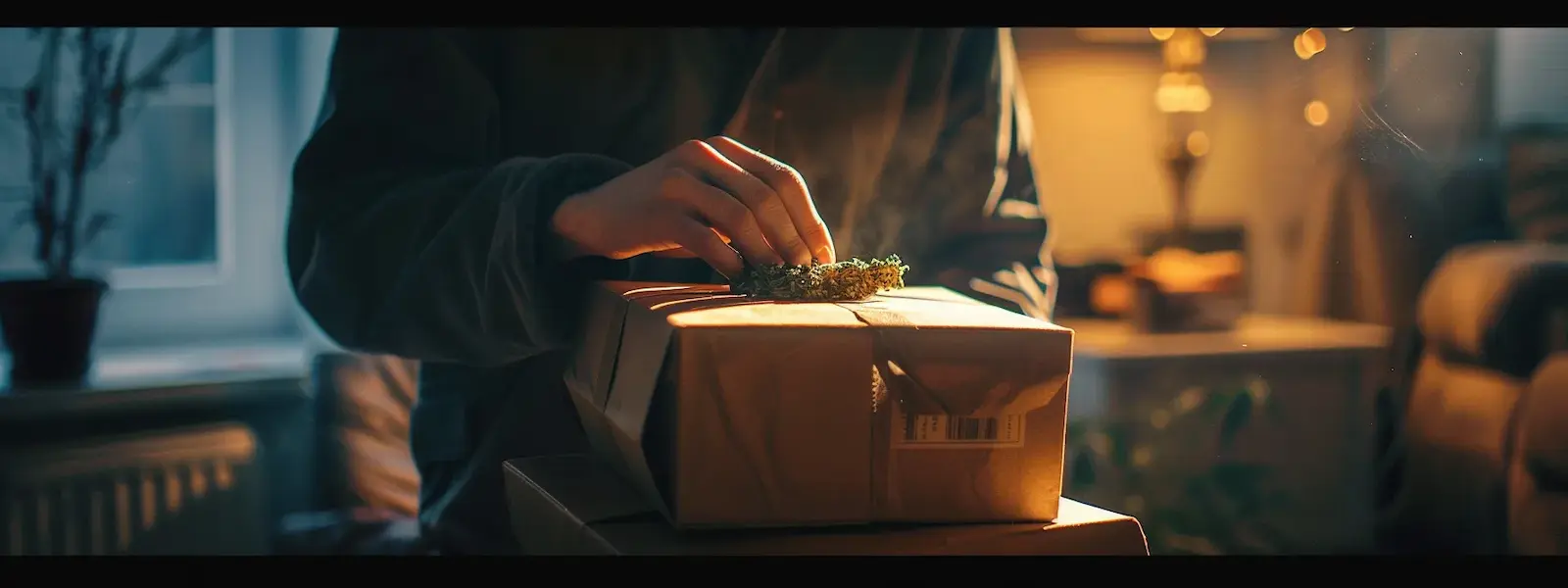


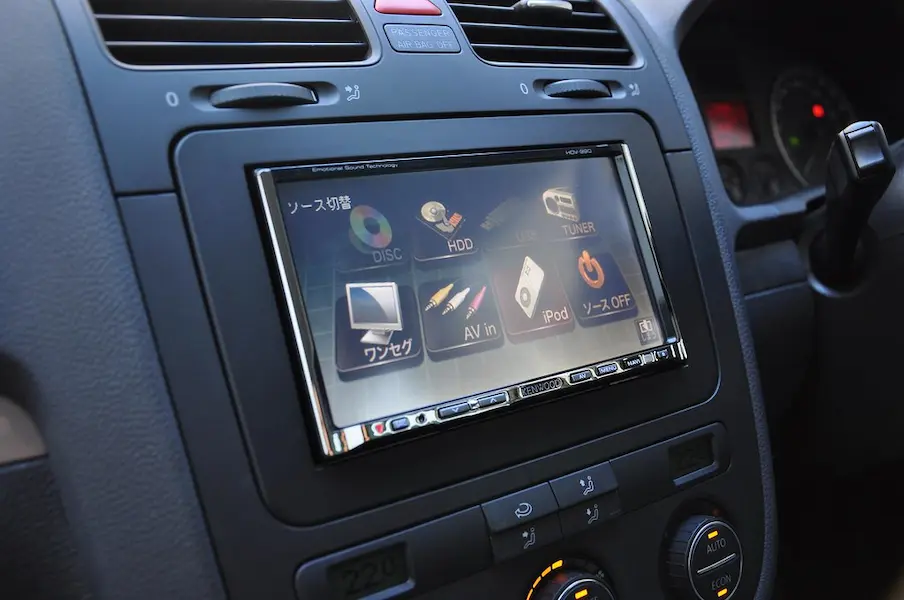


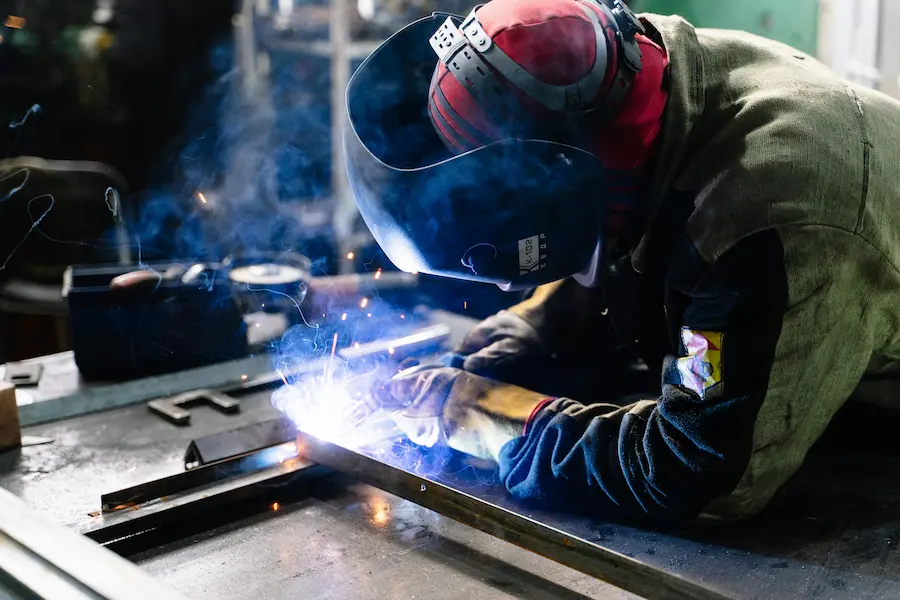

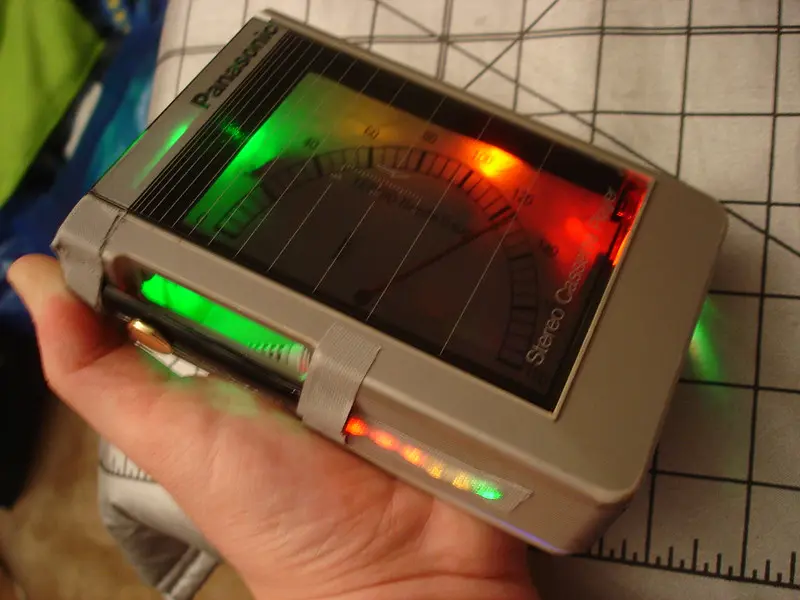



















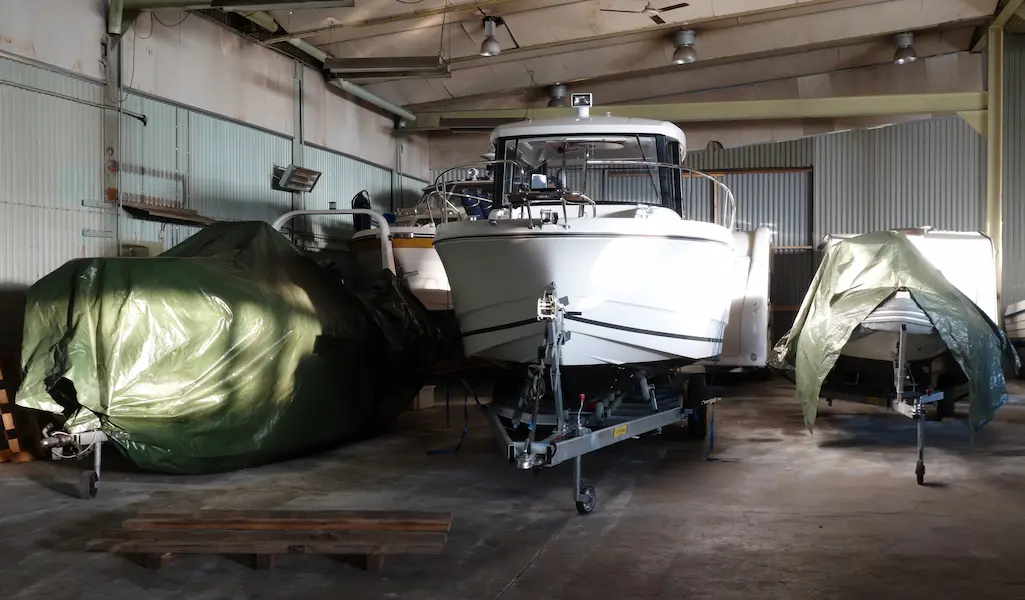




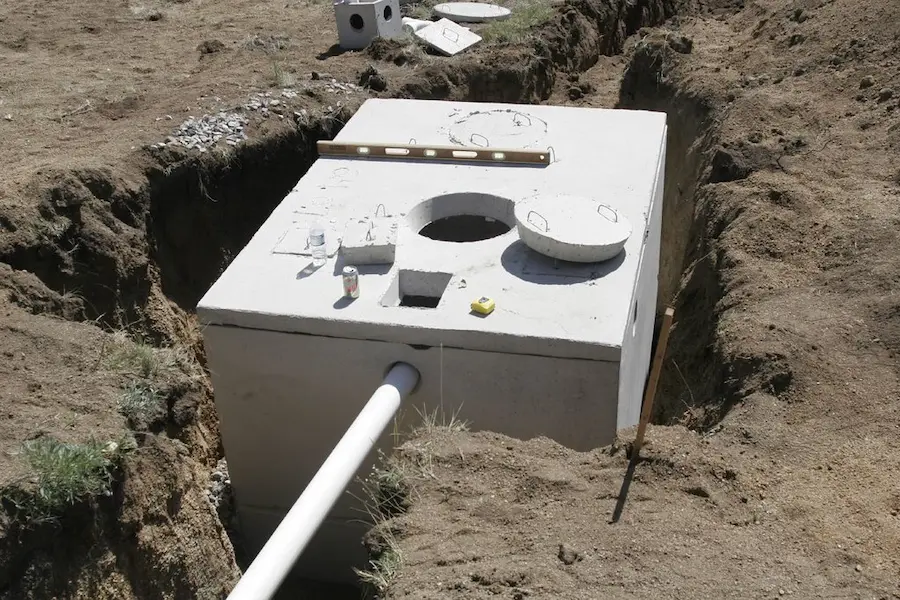



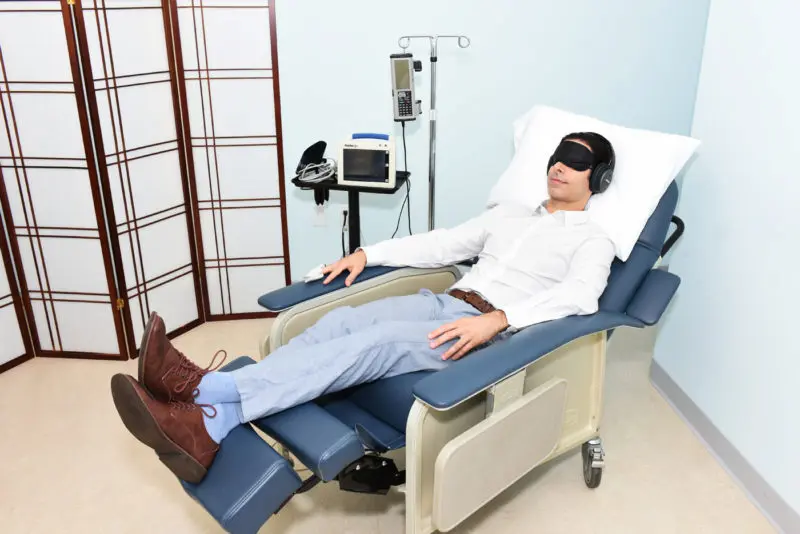
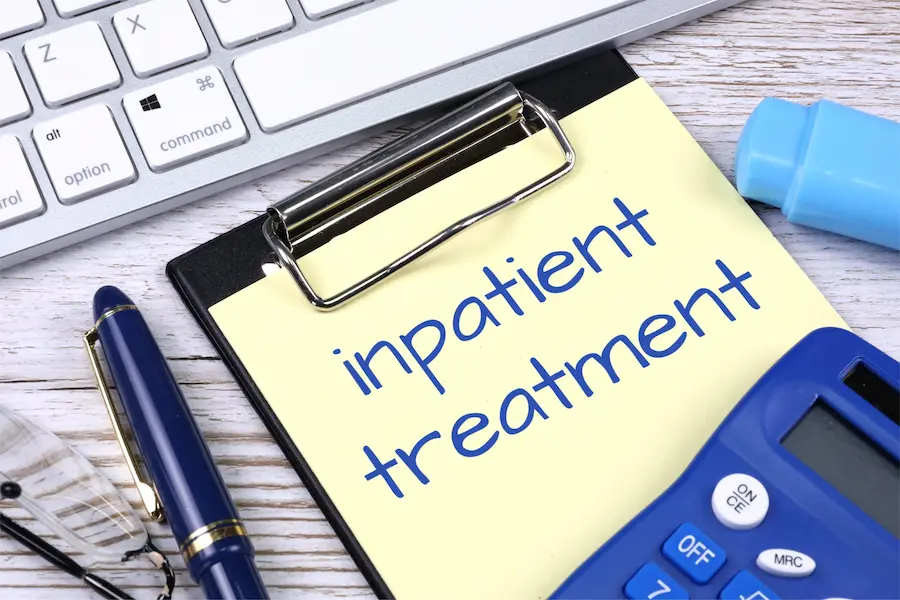















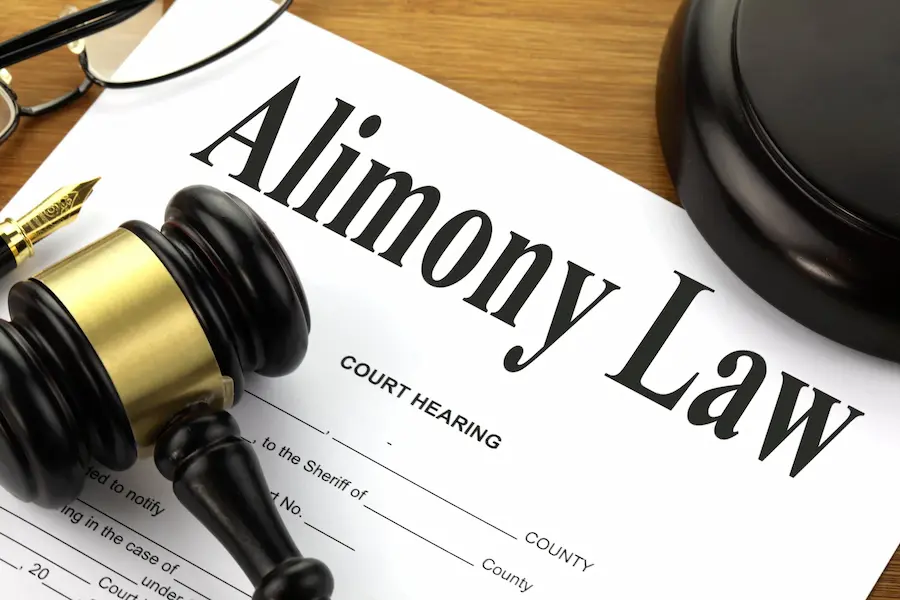
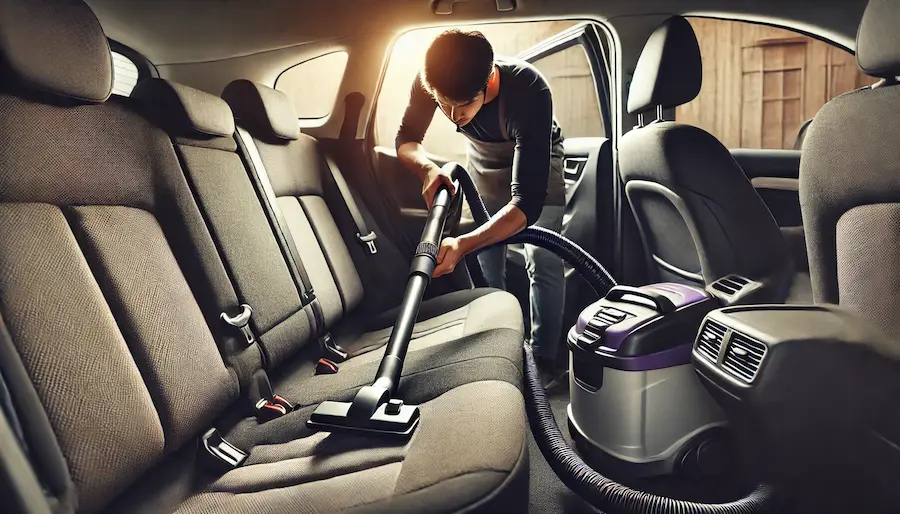


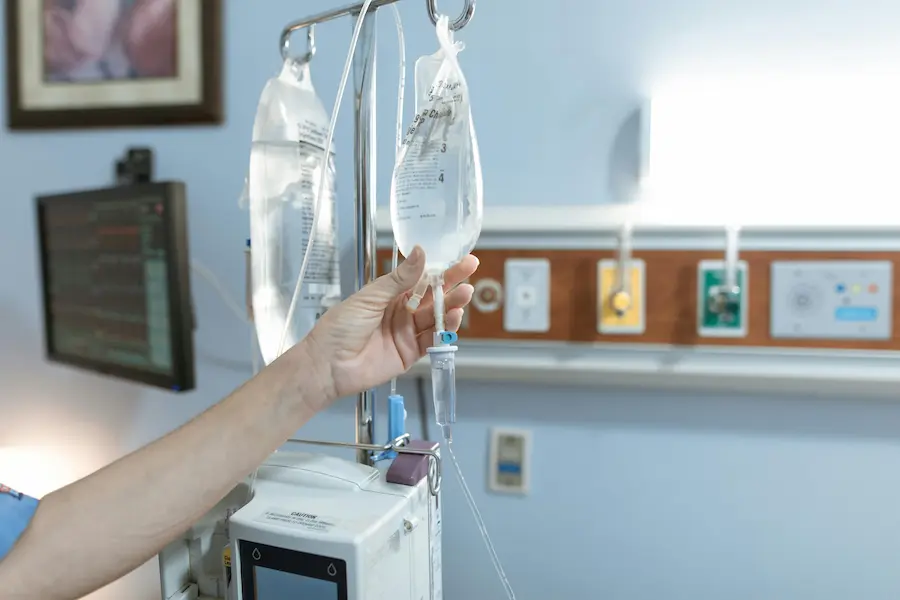














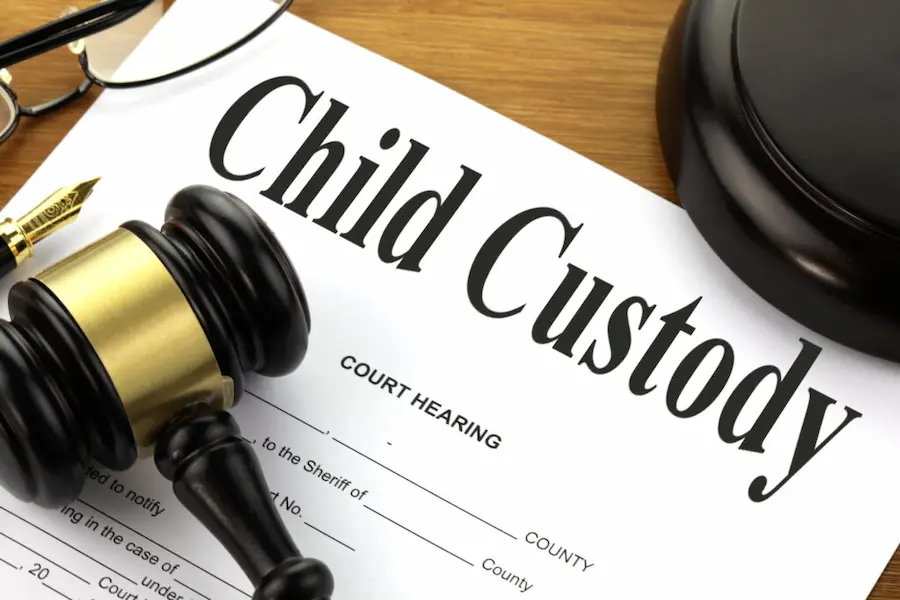

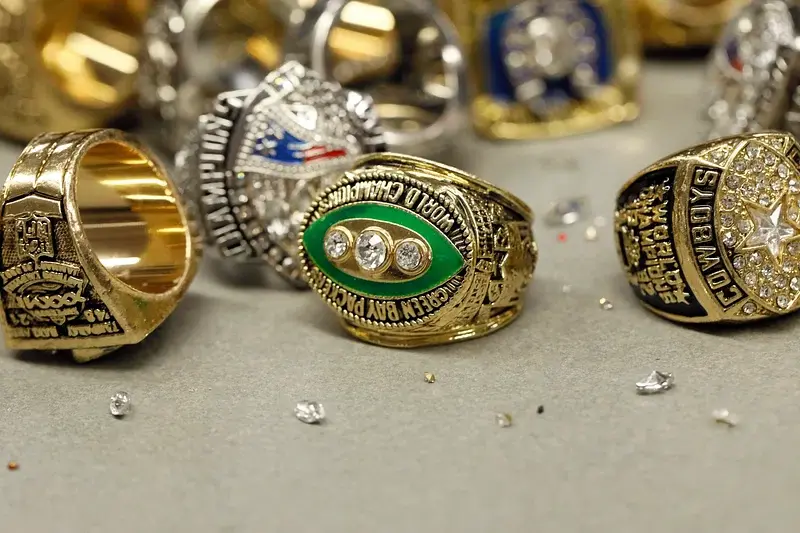






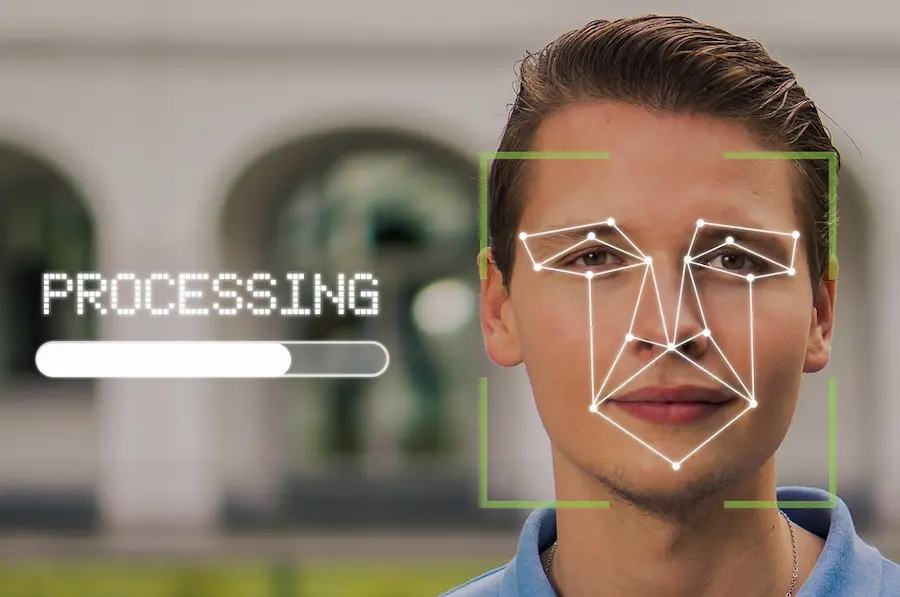



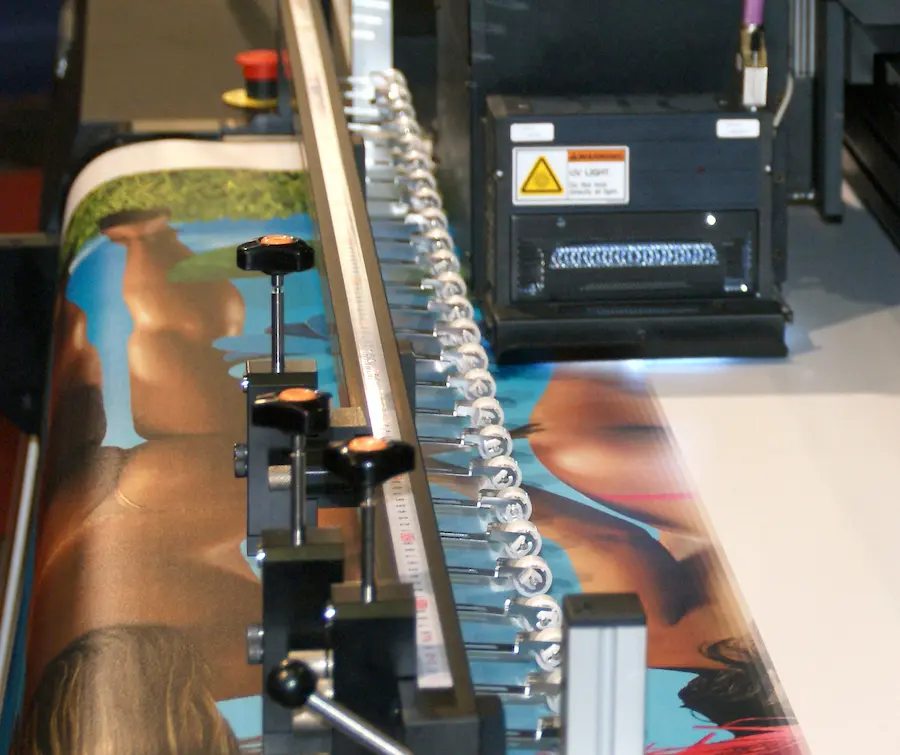
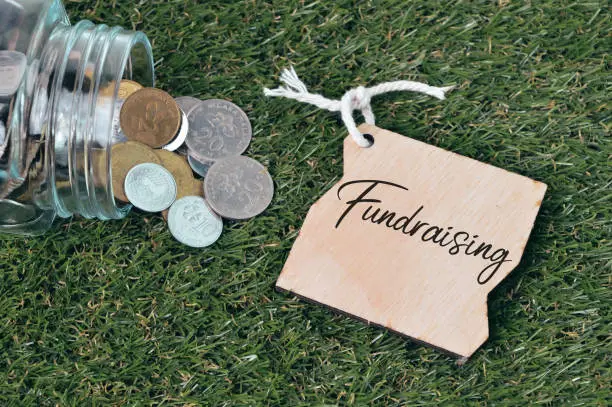
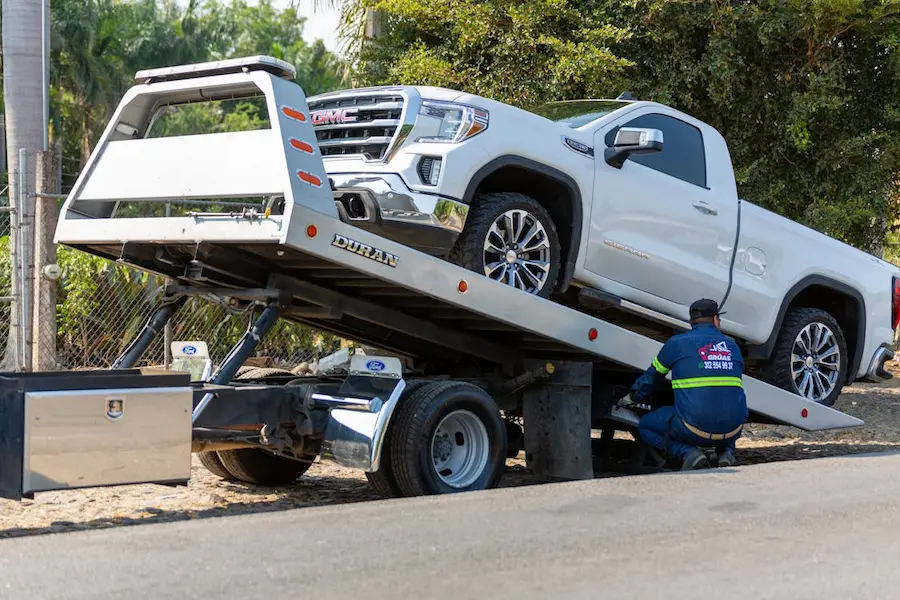



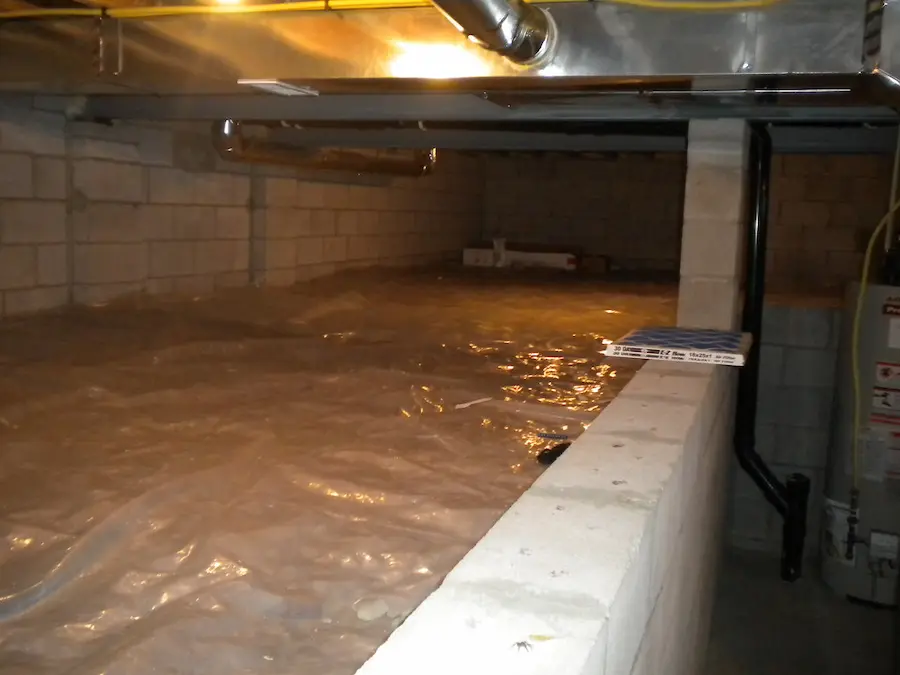
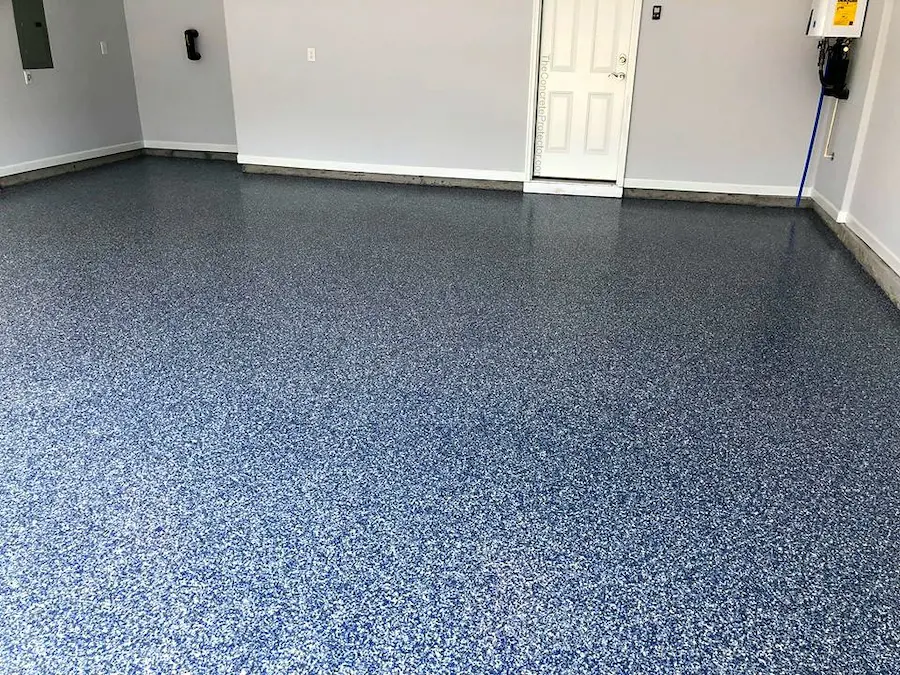




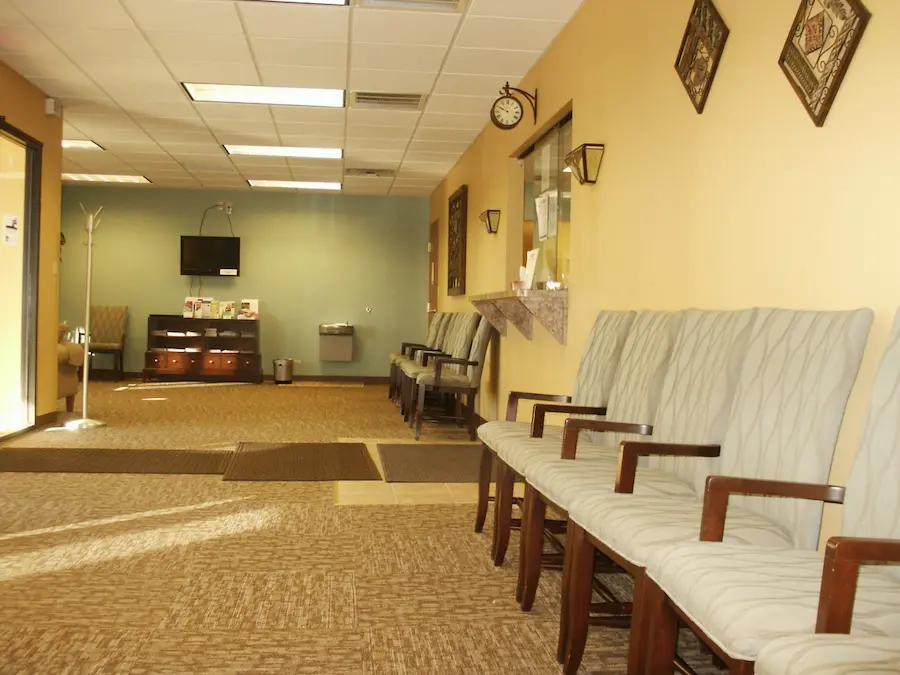











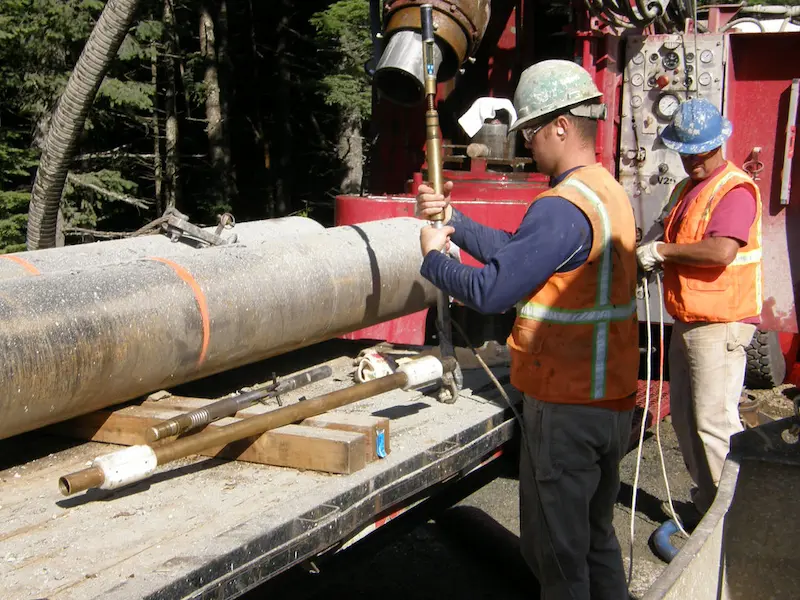


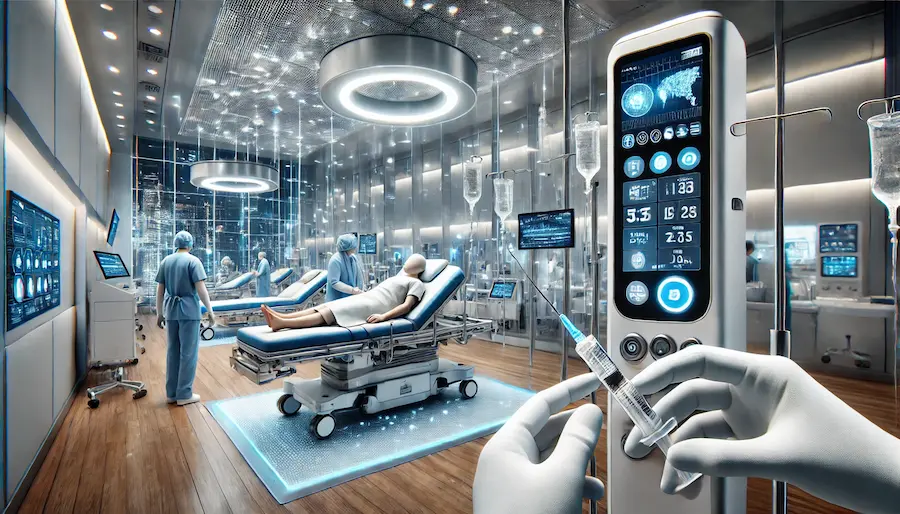













































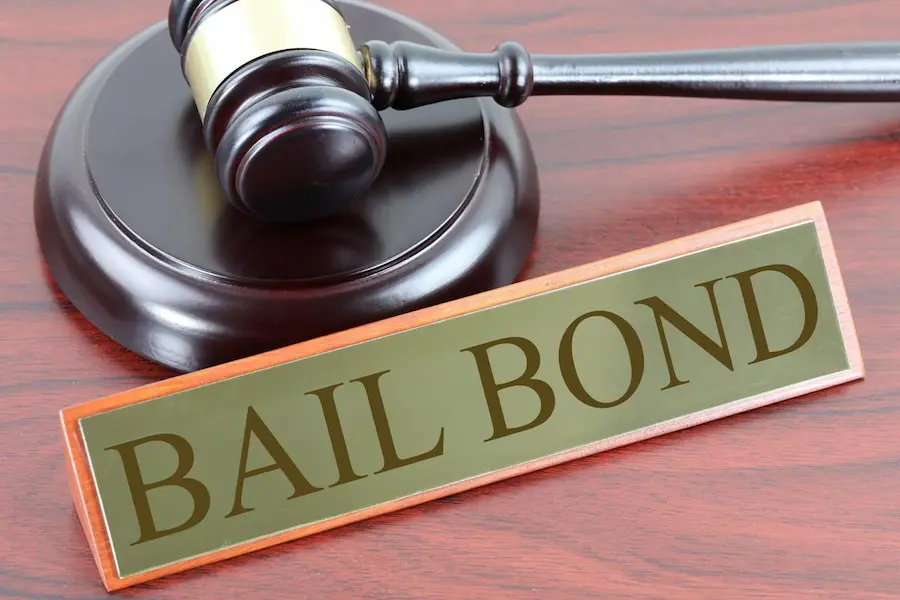








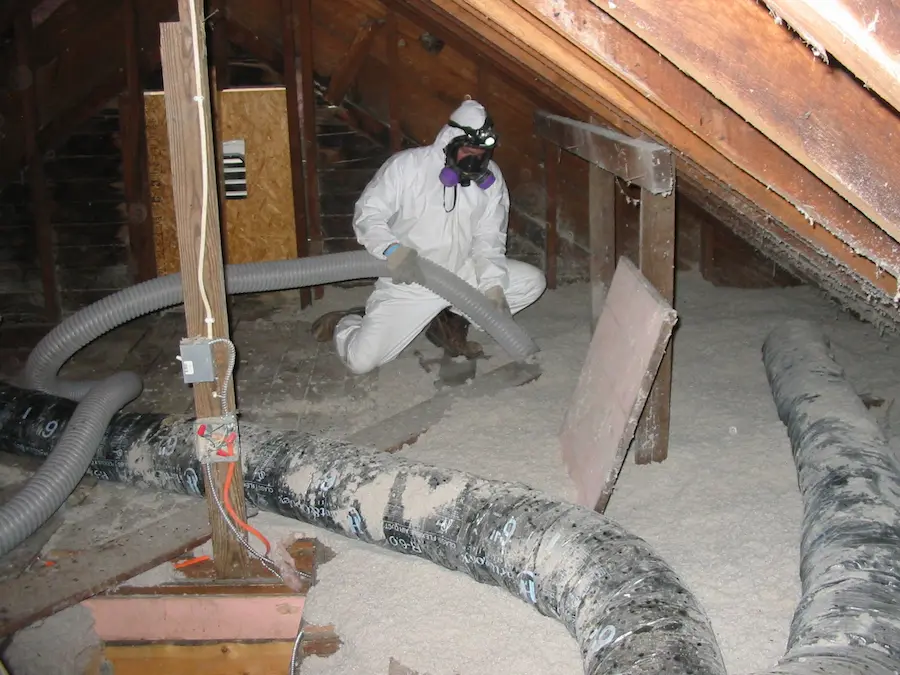
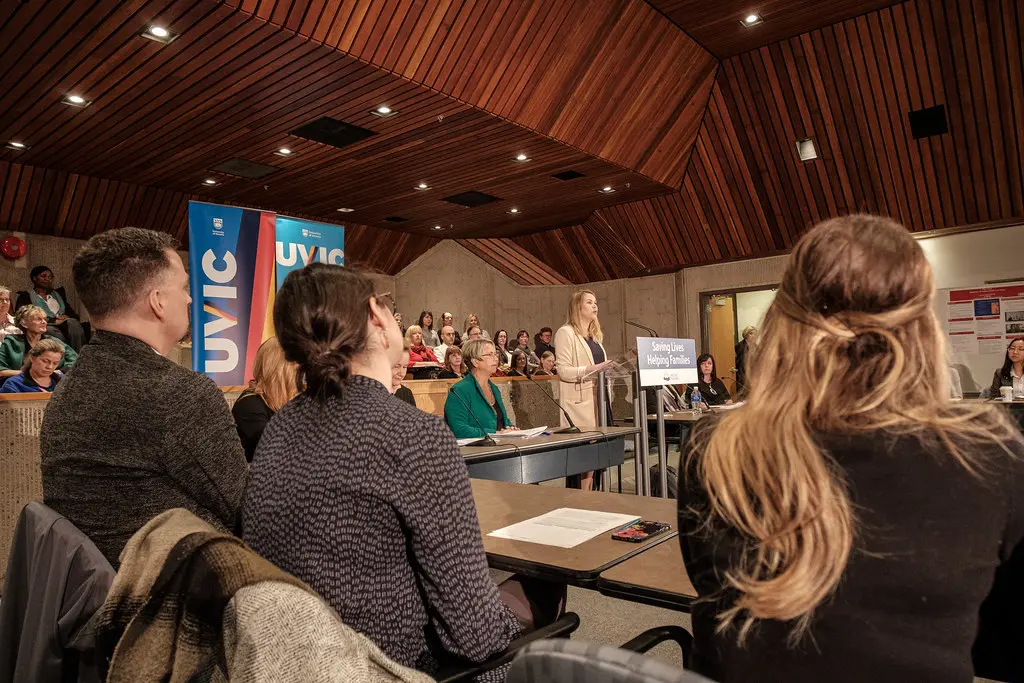

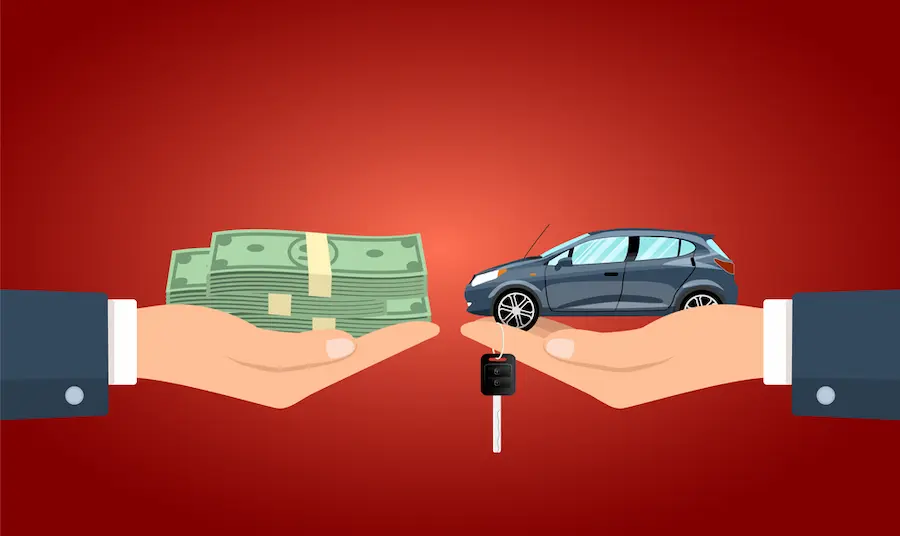



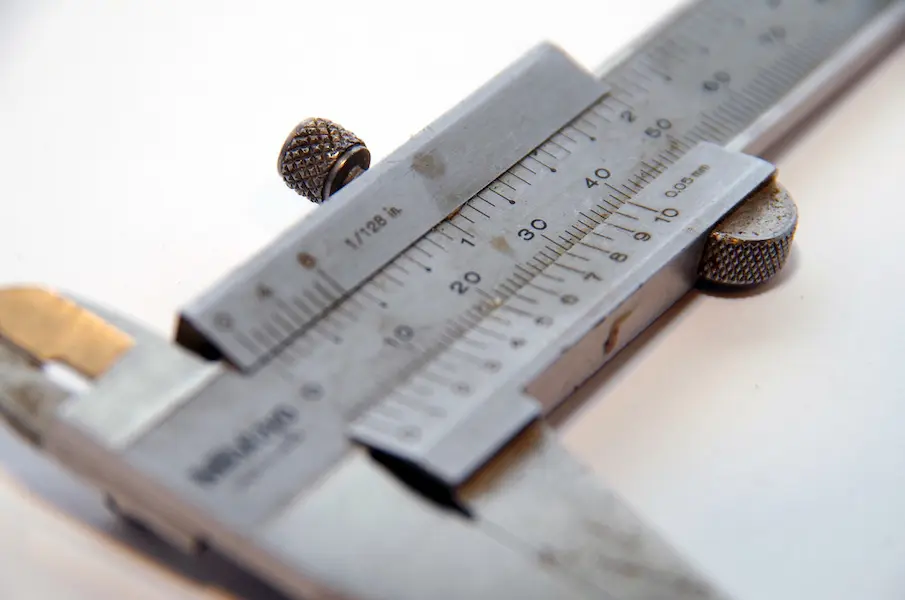
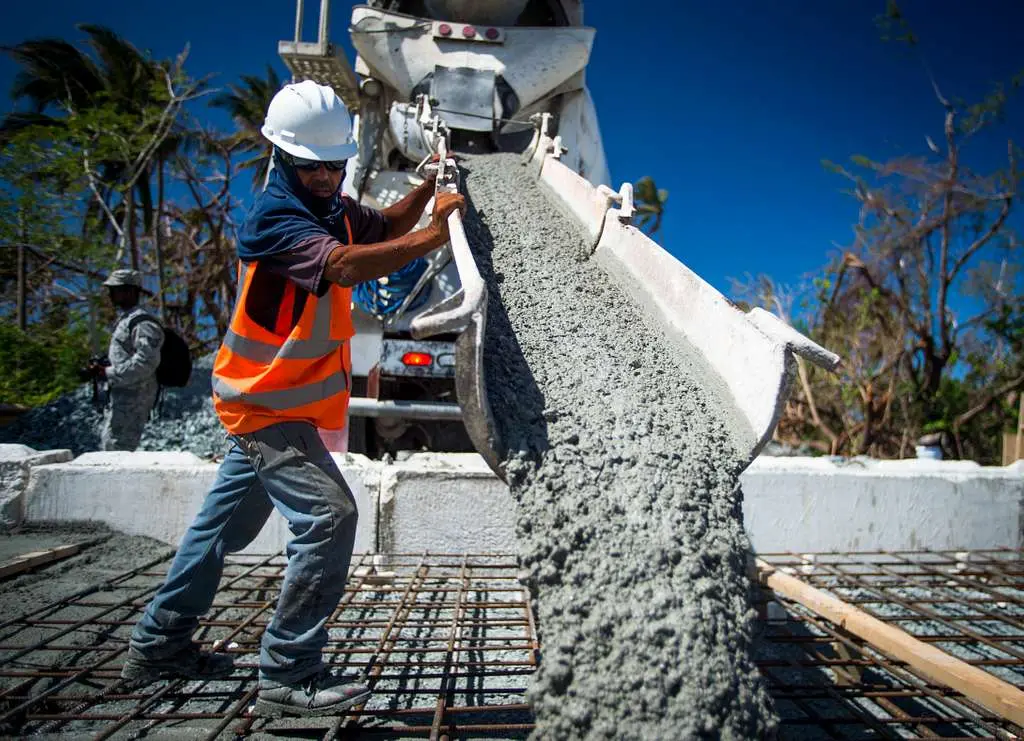

































































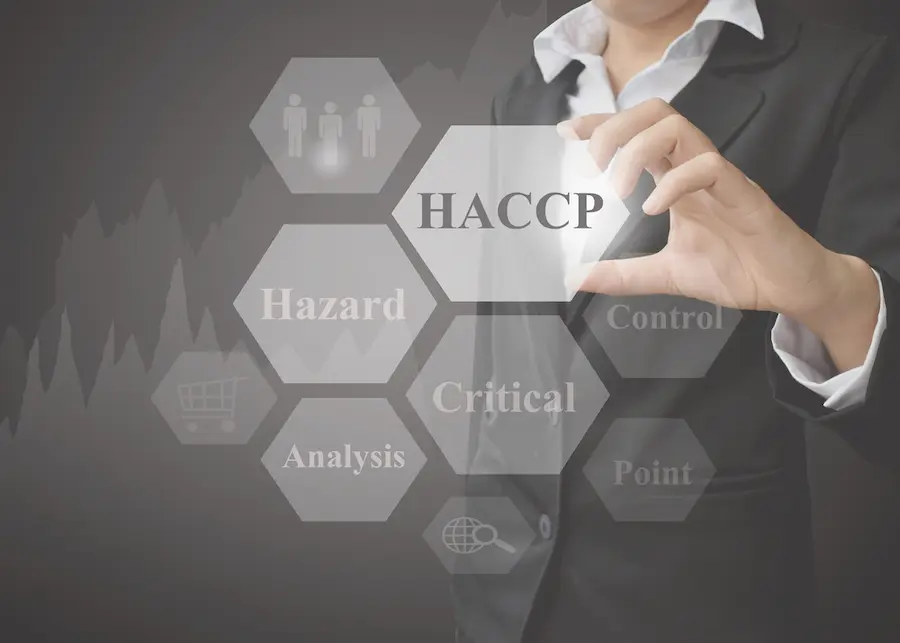












































































































































































































































































































































































































































































































































































































































































































































































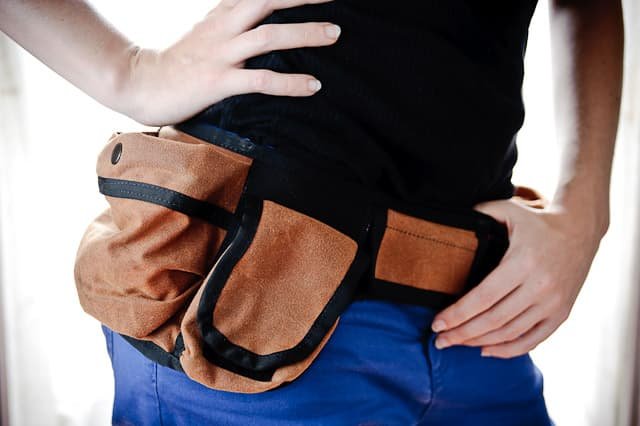
































































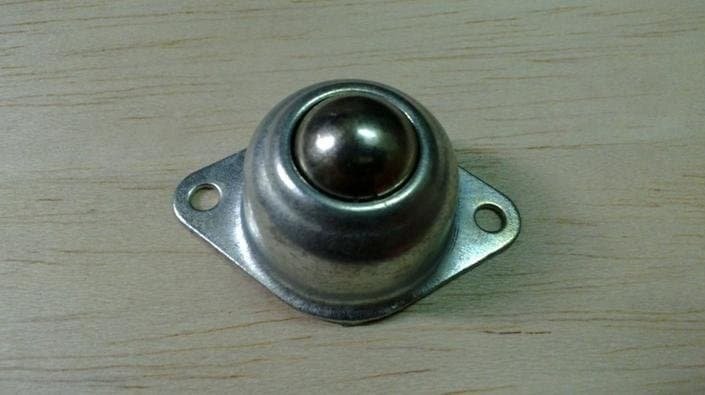

















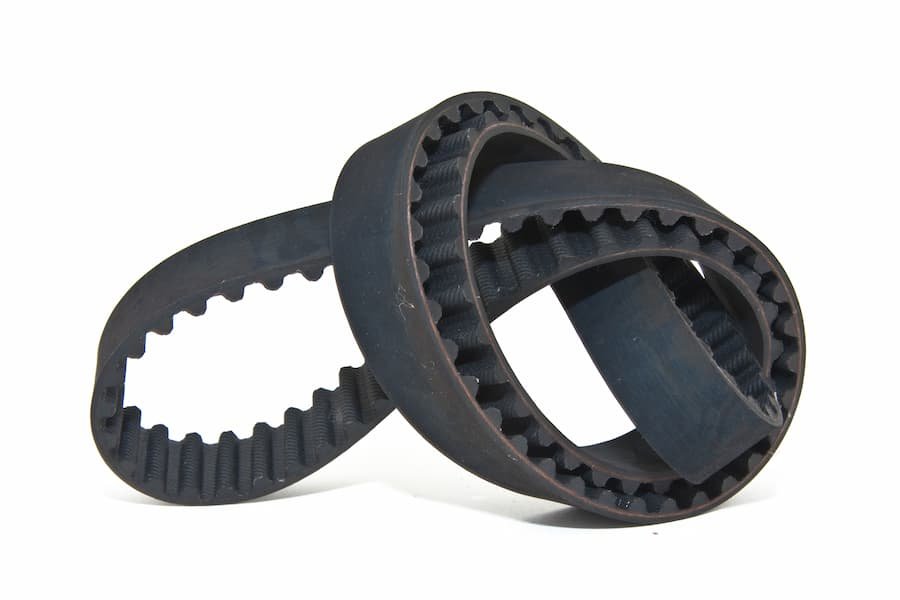



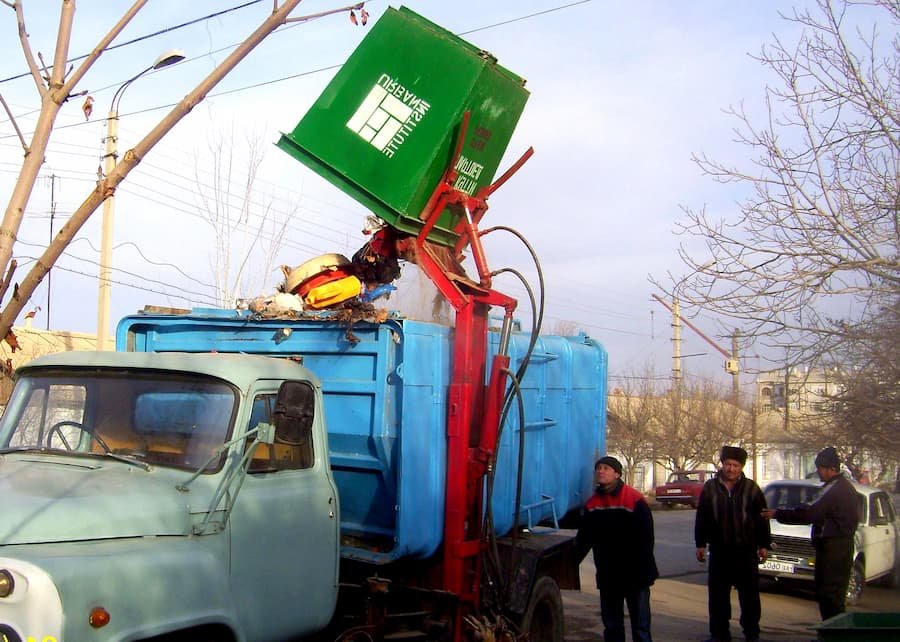








































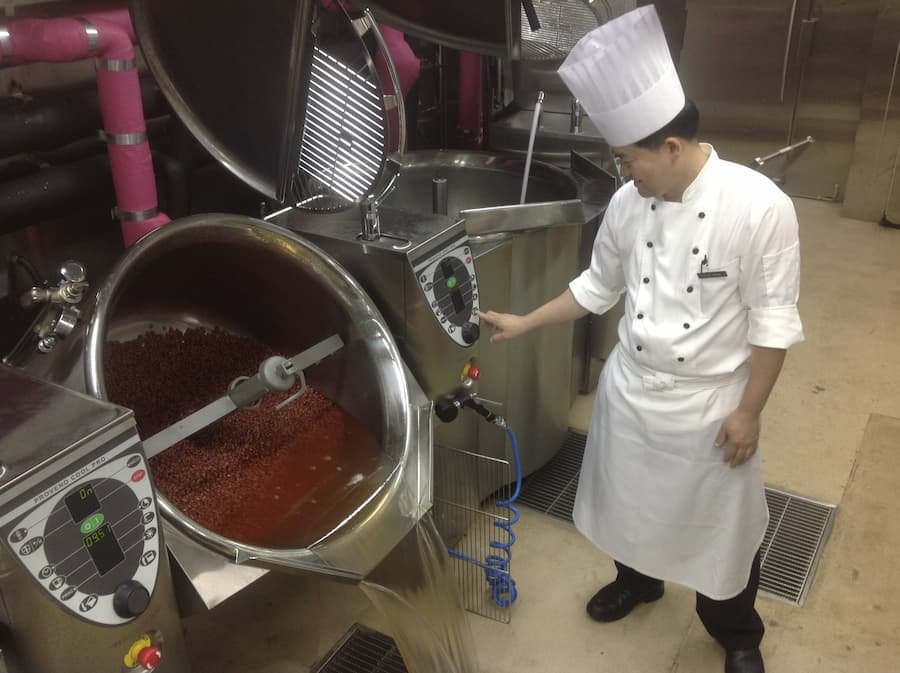




































0